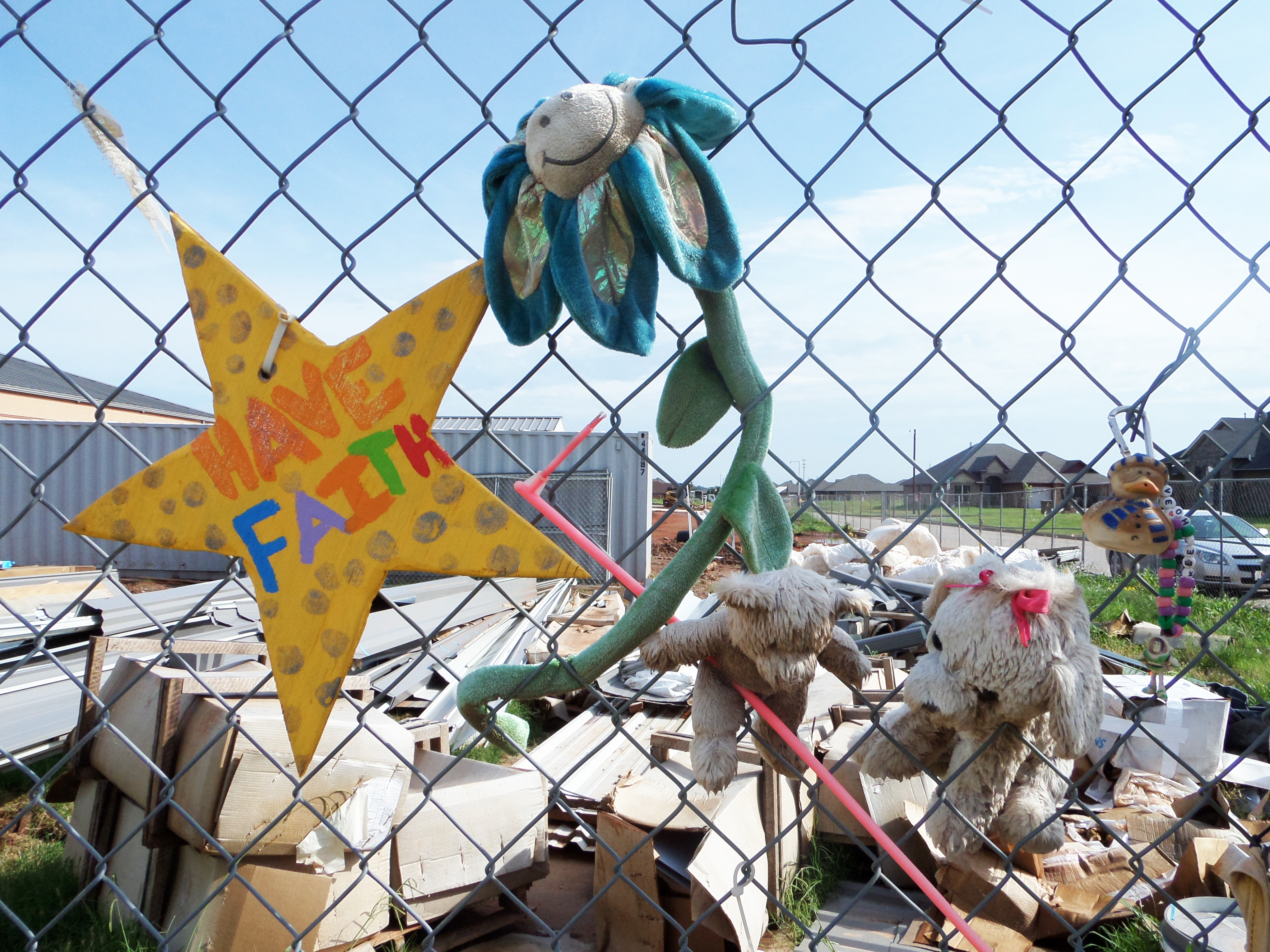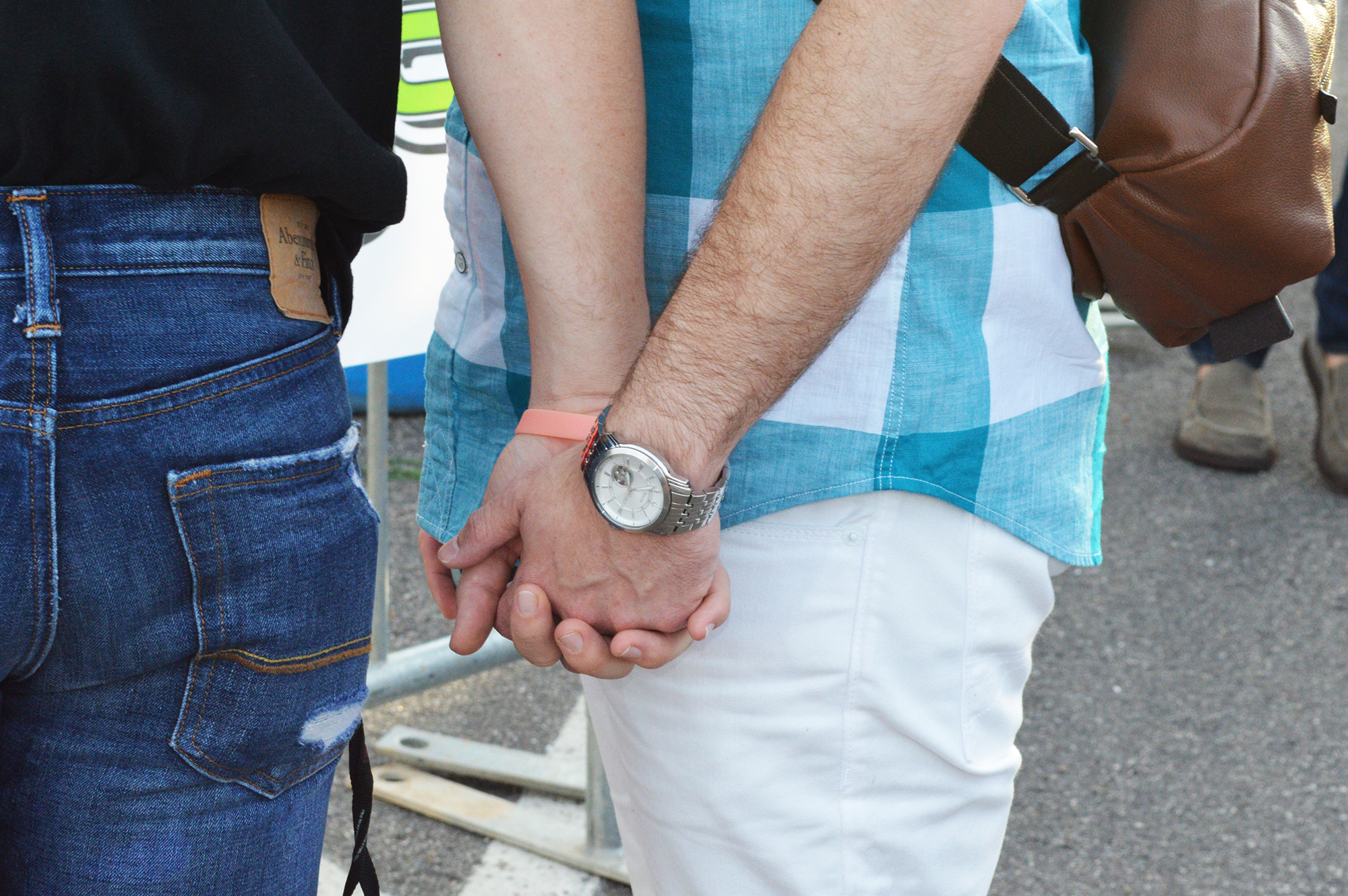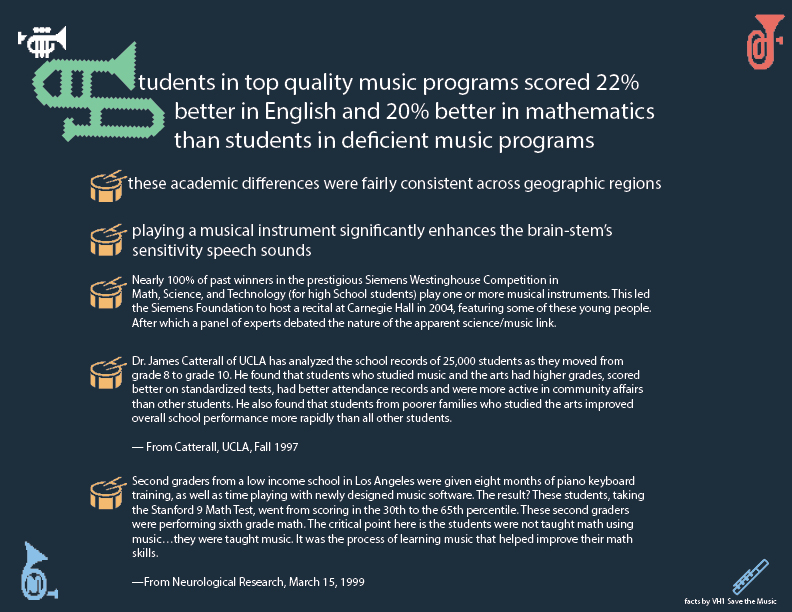by Lauren Szmutko
The same websites that connect users with friends and family are the same platforms that have resulted in loss of friendship, self-confidence and deaths.
Social media sites can bring news, keep the public informed and help businesses advertise. Though there are many purposes, none of them include bullying, arguing, or gossiping online – which constitutes cyberbullying.
“It’s too much to have drama on Facebook,” said University of Oklahoma student Alexander Plotkin.
Unfortunately, Plotkin’s statement is true. Nobody knows how another will react to comments. Some shake it off, others take it personally, become depressed. A few rumble.
“We fought in person twice,” said OU student Liberty Vinson.
Research from the University of Canterbury cites Facebook as the leading social network with the most drama. That’s as simple as someone joking and another taking it seriously. The writer’s tone is easy to misinterpret.
“Facebook sarcasm is really hard to get, and you have to really think of it,” Plotkin said. “When you hear in person, it’s so easy to tell.”
Some digital disputes escalate quickly.
“It started out with an argument about two teams,” Plotkin said. “And then it got aggressive with a guy saying he wanted to die rather than watch that team. And I got in it [the argument].”
Plotkin said he eventually shut that person out of his life.
Although people might try to stop arguments and fights on social networks, scientific studies found that most people sit back.
“I watch and laugh,” Vinson said.
A difference between physical and digital bullies is the ability to hide. Teens too timid to approach their victim can hide behind their computer screen. Studies found that most cyberbullying is anonymous.
Cyberbullies are like any other bully. They tease, provoke and gossip because they think it’s funny and want attention. People who are consistently rude and mean tend to have more Twitter and Instagram followers because witnesses want to see what the bully says and when the bullying will stop, according to a study by Jamie Condliffe.
All but 18 states have implemented cyberbullying prevention programs. These programs teach children how to avoid cyberbullying and how to report the bullying. Keeping a record of each cyberbullying incident is helpful if the victim sues the bully.
Drama from social media affects people outside websites. The victim fears being assaulted physically.
“Of course, I was always worried [what would happen],” Plotkin said.
Some cyberbullying drives people to depression and even suicide. Megan Meier was one of the first recorded suicides related to social media. She hanged herself after a neighbor impersonated a boy who was interested in her. After the impersonator told her she no longer wanted to be friends, Meier became depressed and took her life three weeks before her 14th birthday.
The bullying of Meier was intentional. But any Internet posting could hurt someone.
“It’s like a wall,” Plotkin said. “People write graffiti and don’t know how others will react.”





